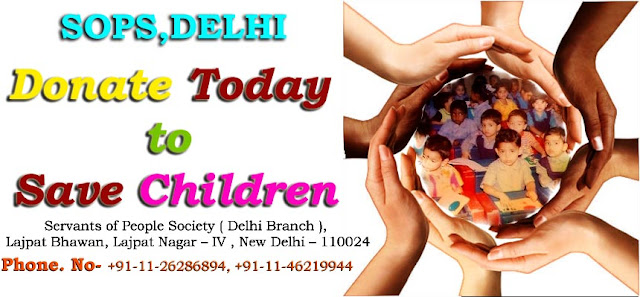Save the Children India
According to The Constitution of India, Article 15(3), State must make uncommon arrangements for youngsters. Article 39 of Part IV of the Constitution requests that the State coordinate its strategy towards securing (in addition to other things), that youngsters are not mishandled; not constrained by monetary need to enter hobbies unsuited to their age or quality; and that they are offered chances to create in a solid way and in states of opportunity and respect, ensured against good and material deserting. Further, the UN Convention on the Rights of the Child (UNCRC), embraced by the UN General Assembly in 1989, conveys all inclusive acknowledgment of youngsters’ rights to its part countries.
Indian enactment for youngster insurance
I. Encouraging the vision of the UNCRC, the Juvenile Justice (Care and Protection of Children) Act, 2015 is India’s principal law in managing youngsters needing consideration and assurance. It obliges their necessities through care, security, improvement, treatment, social reintegration, through its tyke amicable approach by tending to issues to the greatest advantage of youngsters.
Save the Children India | Best NGO to Support Child Rights
Ii. The Protection of Children from Sexual Offenses Act (POCSO), 2012 is one of the Indian government’s most dynamic laws, to battle sexual viciousness against kids. POCSO qualifies penetrative rape on a youngster underneath the age of 12 as exasperated penetrative rape, a wrongdoing culpable with a fine and a base term of thorough detainment for a long time, which can be stretched out to life detainment.
Save the Children India | Best NGO to Support Child Rights
Iii. The Criminal Law (Amendment) Act, 2013’s presentation of a few new sexual offenses under the Indian Penal Act, for example, Section 376(2)(i), IPC, which rebuffs assault of a female under 16 years is viewed as a disturbed type of assault culpable with a fine and a base term of thorough detainment for a long time, which can be stretched out to life detainment.
How Save the Children is getting along its part for youngster assurance
1. SOP for Care and Protection of Children in Street Situations
Working in a joint effort with the National Commission for Protection of Child Rights (NCPCR), Save the Children propelled the Standard Operating Procedure (SOP) for Care and Protection of Children in Street Situations. The SOP sets out an arrangement of moves to be made for reclamation and recovery of road kids. This incorporates getting them Aadhaar cards, health care coverage, ledgers and monetary sponsorship for families to encourage meet restorative and nourishing prerequisites of a youngster. An expected 50,000 road kids in Delhi were chosen for Aadhaar card enrollment on a pilot premise, and the NGO plans to cover kids in five states in the initial two years.
Youngster security program: intercessions
Spare the Children sets up Children Groups, uniting helpless youngsters to by and large work towards answers for maintain tyke rights, avoiding instances of tyke marriage, kid trafficking, tyke manhandle and kid work. It explores delineate of-school youngsters, road kids and the individuals who are associated with kid work to schools through enrolment drives. It additionally organizes with locale and state level experts to guarantee right execution of laws so kids in the zone are remained careful.
Conclusion
The NGO is enthusiastically working for the insurance of youngsters pushed into tyke work, kids confronting misuse in the network, kids trafficked, kids influenced by a cataclysm or crisis circumstances. It salvages them from youngsters confronting different sorts of damages – mishandle, disregard, abuse, physical risk and savagery. Executing programs in India’s remotest parts, the NGO is driven by the commence of guaranteeing cheerful and safe childhoods for all kids. Towards this objective, he cooperates with common society associations, kid drove activities, governments and other key partners. Give online to do counteract kid manhandle in all structures.



Comments
Post a Comment